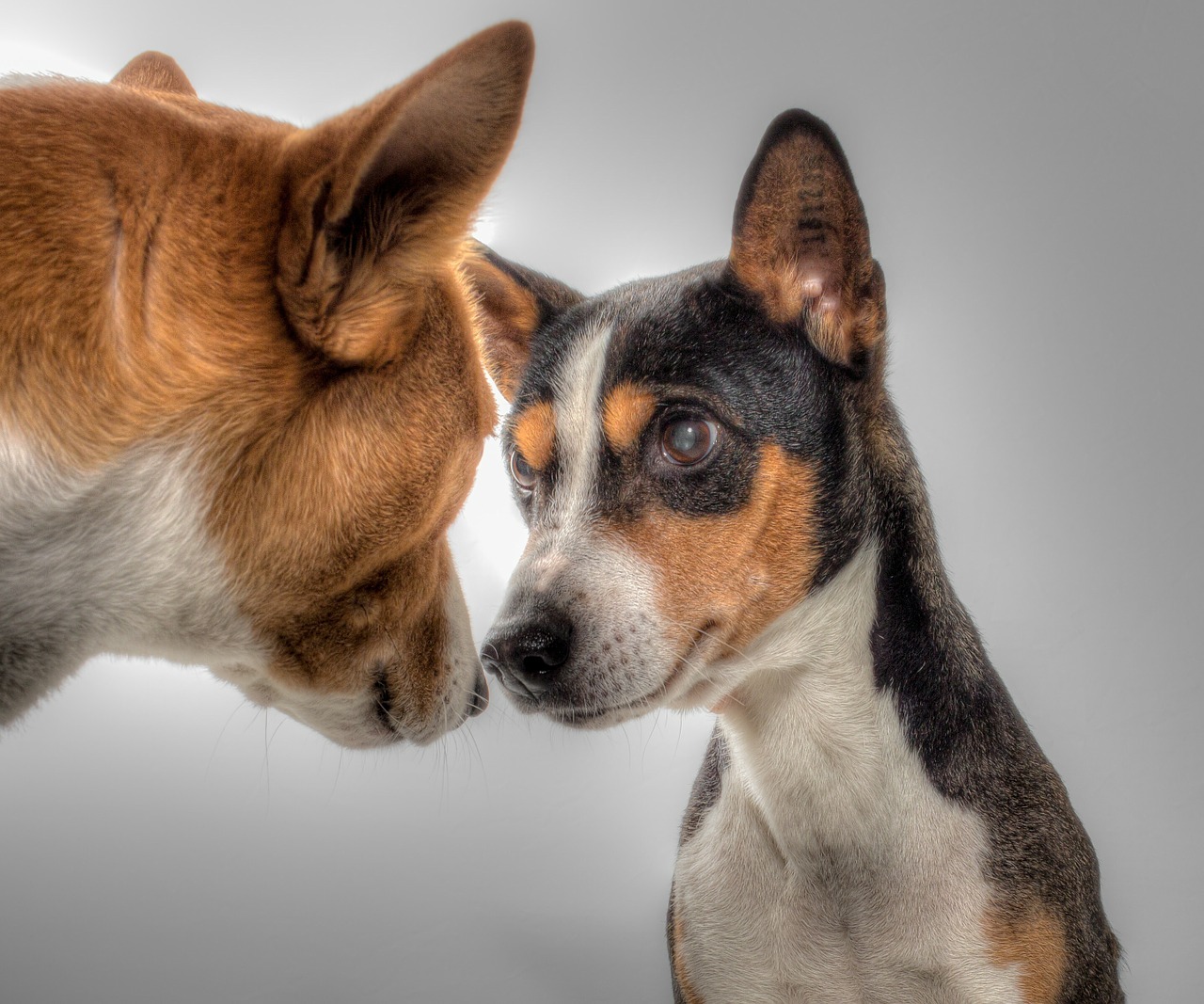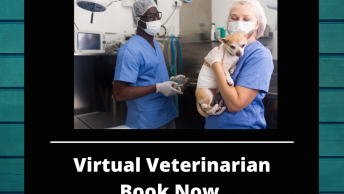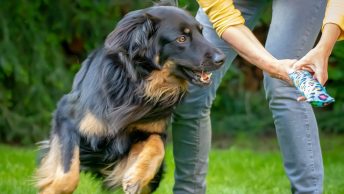Table of Contents
Our Experience With A Fear Aggressive Dog
Socializing your new rescue dog is very important. We were very lucky to have the help of a trainer. Mainly for us. To build our confidence, as well as having the ability to know our dog’s body language and others. We adopted a very powerful dog. Being only 15 months and almost 150lbs we needed to make sure she has proper etiquette for her size. Can you imagine having a 150lb puppy jumping around like a chihuahua wanting to play with smaller dogs? Just simply jumping on a small dog could hurt them. Having a fear aggressive dog can make this scary and challenging. But it can be done!
Start With Socialization
Socializing your dog at an early age, you will find that by this time you can read your dog. When you adopt an older dog or puppy. It can be very hard to know if they have been socialized. Some are scared of everything and react aggressively. Some dogs its just hit and miss on your initial greeting. It ultimately depends on the other dog’s non-reactive approach to your dog and visa Versa. I look back and think about all the things I have heard about introducing dogs to one another.
- Let them sniff each others butt
- Let them sniff eye to eye
- Keep the leash Lose
- Keep the leash tight
No wonder we were confused. I can tell you first hand how it worked for us. We found out our dog, who is a female, didn’t like to sniff another dog’s behind. The dog we had before, that was the first thing she did! So they all are different. Our dog Jasmine refuses to let another dog sniff her. So we thought ok, how is that going to work when she greets a dog nose to nose. You will notice her ears were cropped as a puppy before we even adopted her.
Help Your Dog Make New Friends
Her cropped ears make it very hard for her to make friends. Because she likes to sniff and greet nose to nose. Other dogs tend to roll on their backs or become on guard. Usually not many in our experience. She is a very non-reactive dog, unlike our other dog Rogue. Which makes greeting a lot easier. However, because her ears being cropped, she scares other dogs. Jasmine, of course, is learning now how to keep her ears down when greeting. Strange but true.
Our trainer explained this to us when we asked her about the initial greeting process. She had a terrible problem with fear aggression when younger. Although we managed to get through it. We still were nervous about letting her get close to other dogs. We decided to cross the street whenever we saw a dog and watched how she reacted. To our disbelief, she eventually stopped reacting to other dogs. This advice really helped us build up confidence with our new dog.
Building Confidence
This will take practice. As I mentioned before, the help of a trainer is crucial when working with dogs with fear aggression. Not just for your dog, but for you too. As time grew we would stop and have conversations with other dog owners, across the street from where we were walking Jasmine. One day a stranger asked us if we can introduce our dog to theirs. Nerve-racking as it was. We did and it went very well. WE just had to remain calm. Very calm and relaxed, Yawning helps. It sends the dog a message that you’re relaxed. And it’s ok. A month from that time she would have been pulling on the leash and barking viciously at the other dog.
Try Identifying Your Dog To Others
We also found that getting her a pink harness helped people that had female dogs that didn’t like other female dogs. Jasmine doesn’t have a preference. She likes everyone she meets now. Unless of course, they react to her after a greet. So by using colors to other dog owners helps. For instance, A woman walked by us with a very large dog, non-reactive, but she crossed the road and said that she noticed we had a female dog. Her dog apparently didn’t get along with other female dogs. Wich was great because we didn’t want any setbacks
Try Not To Have Set Backs
Remember a set back result due to a bad experience, can bring you back to the beginning. Each time it happens your dog will remember that and react suspiciously so you have to start over. And that can take time and practice as well. We seemed to be doing good at some points when introducing her when we would have a setback. She would get scared or react in a negative way. But we would just start over and not give up. Each more positive experience’s she had the more confident she became and the same for us.
Teaching Them It’s OK To Play
After the initial greeting the dog that Jasmine first met decided to make the play move. Bum up and Head down, wagging its tail. Jasmine ran behind my husband’s legs scared. She had no idea what this meant. So we reassured her and she learned how to do the play stance too. However the next introduction, she did the new play stance she just learned and scared this poor little dog half to death. So you have to make sure they understand some dogs are smaller so you have play gentler. This is still an ongoing process for us.
Try To Encourage All Greetings With Positive Experiences And Rewards
I had mentioned earlier that one bad experience can really set your dog’s confidence back. You will need to read the other dog and pay attention to your own dog at the same time. Reward them afterward with a very special treat like a small piece of cheese or cut up chicken. Remember to keep it small, they don’t care how big the treat is. Its the message you’re saying behind them. They will remember the positive vibes.

Bringing Another Pet Over to Visit
Well, I can honestly say we only have done this the first time today with our dog. My husband’s parents have a 12-year-old small dog. Very frail and sweet. We have never brought another dog into Jasmine’s Domain before. So we first greeted them outside, Introduction is key.
It went very well. Jasmine, of course, wanted to play. But their dog was older and not interested in playing. After they seemed to be very non-reactive to one another. They followed us into the house. We all kept them on their leashes. And it was actually a very good visit. They both growled a few times. But mostly they seemed to have gotten adjusted. This will make the introduction much easier next time when we go to their place.
Just Remain Relaxed
So overall your dog is relying on you to give them the confidence they need to socialize. They will need to know that no matter what you will keep them safe. Like, keep them close and on a leash where needed. Build up your confidence before going to an off-leash dog park. Walk around the pet stores and stores that allow pets. Help them by not keeping them secluded. The more you socialize the better and more happy your dog will become. You can also read our post on helping your dog overcome fear aggression. Or other common problems your dog may have.
Having a fitbark collar can help you with solving your dog’ s anxiety issues and how they react to socialization. Click the link below to find out more!









